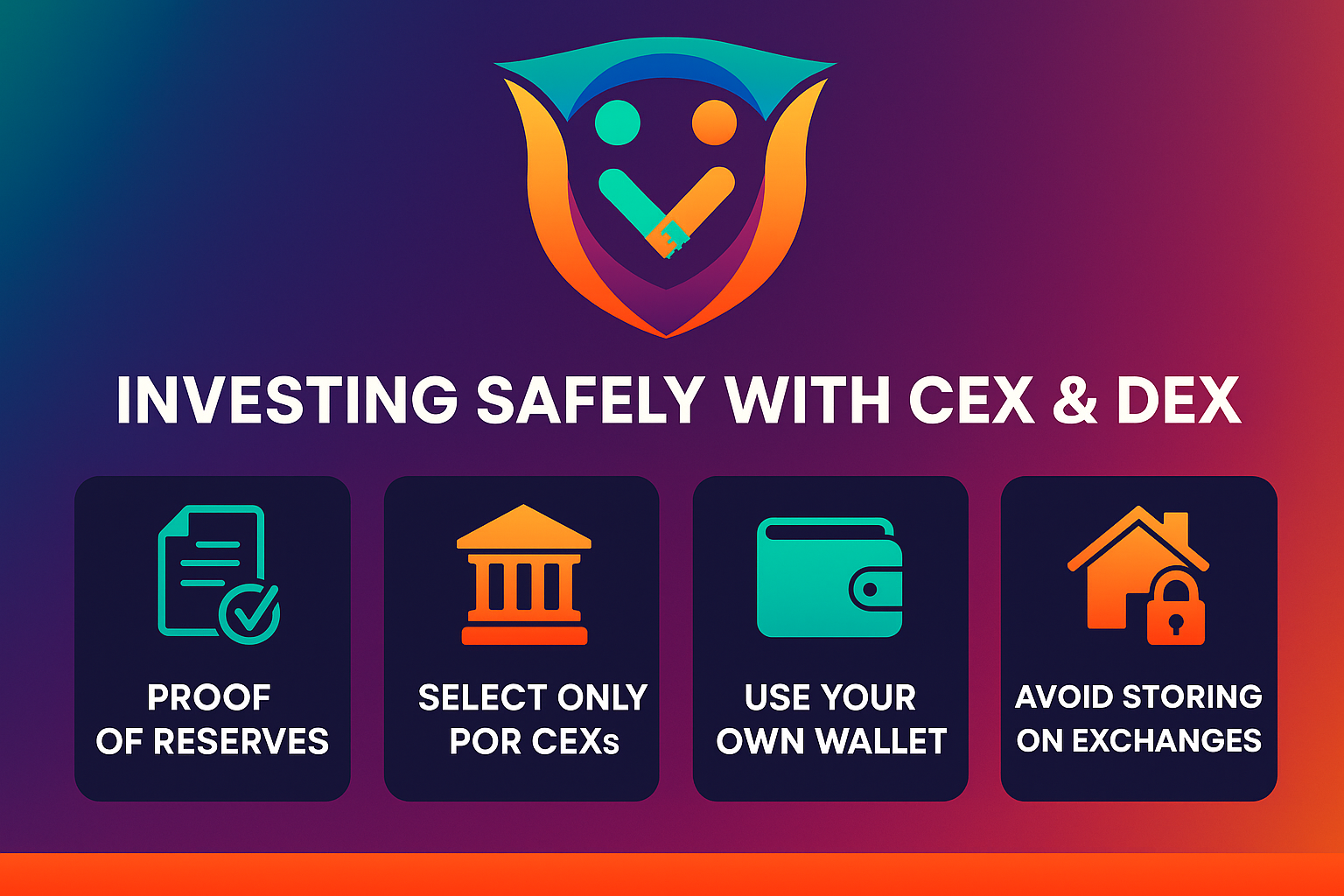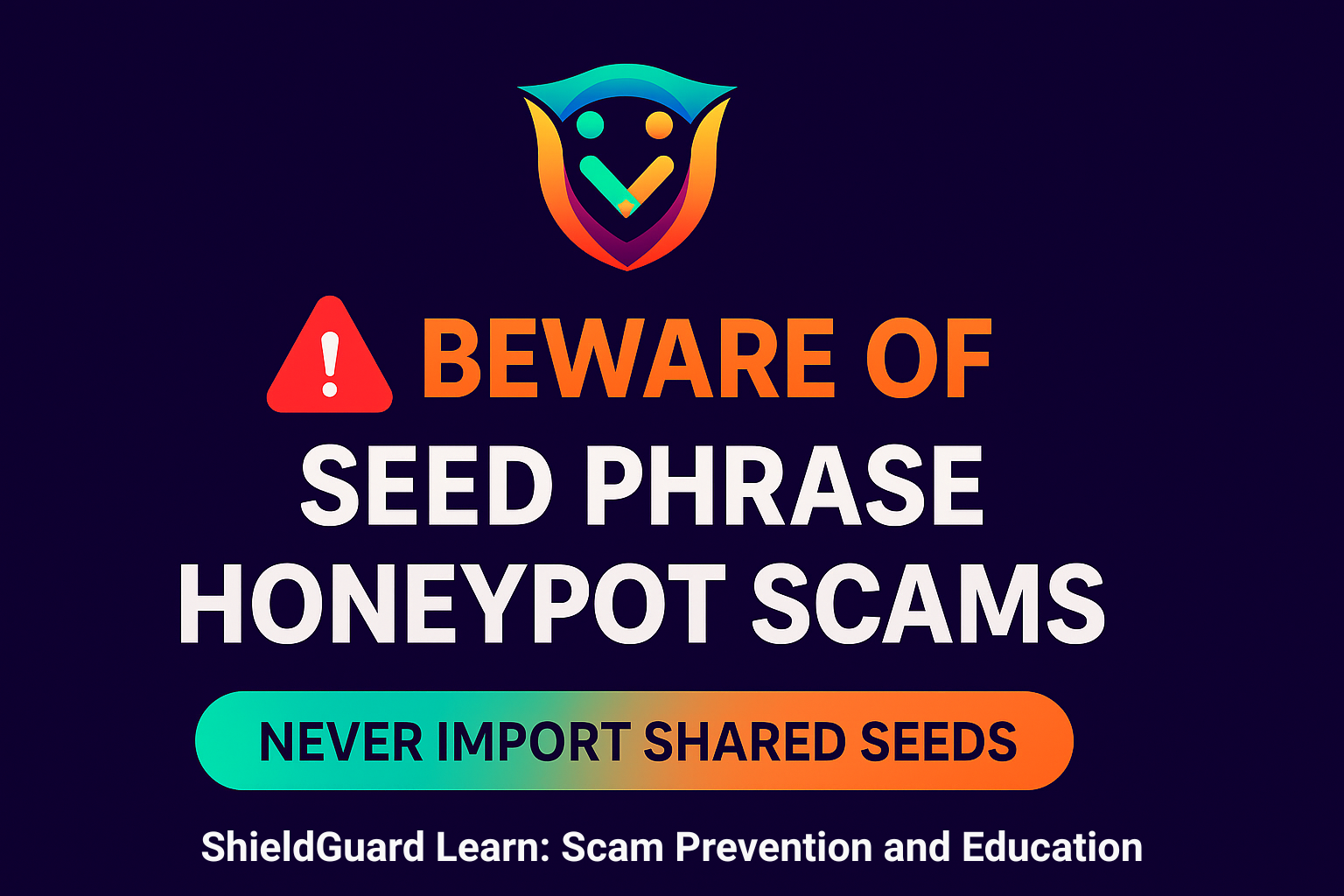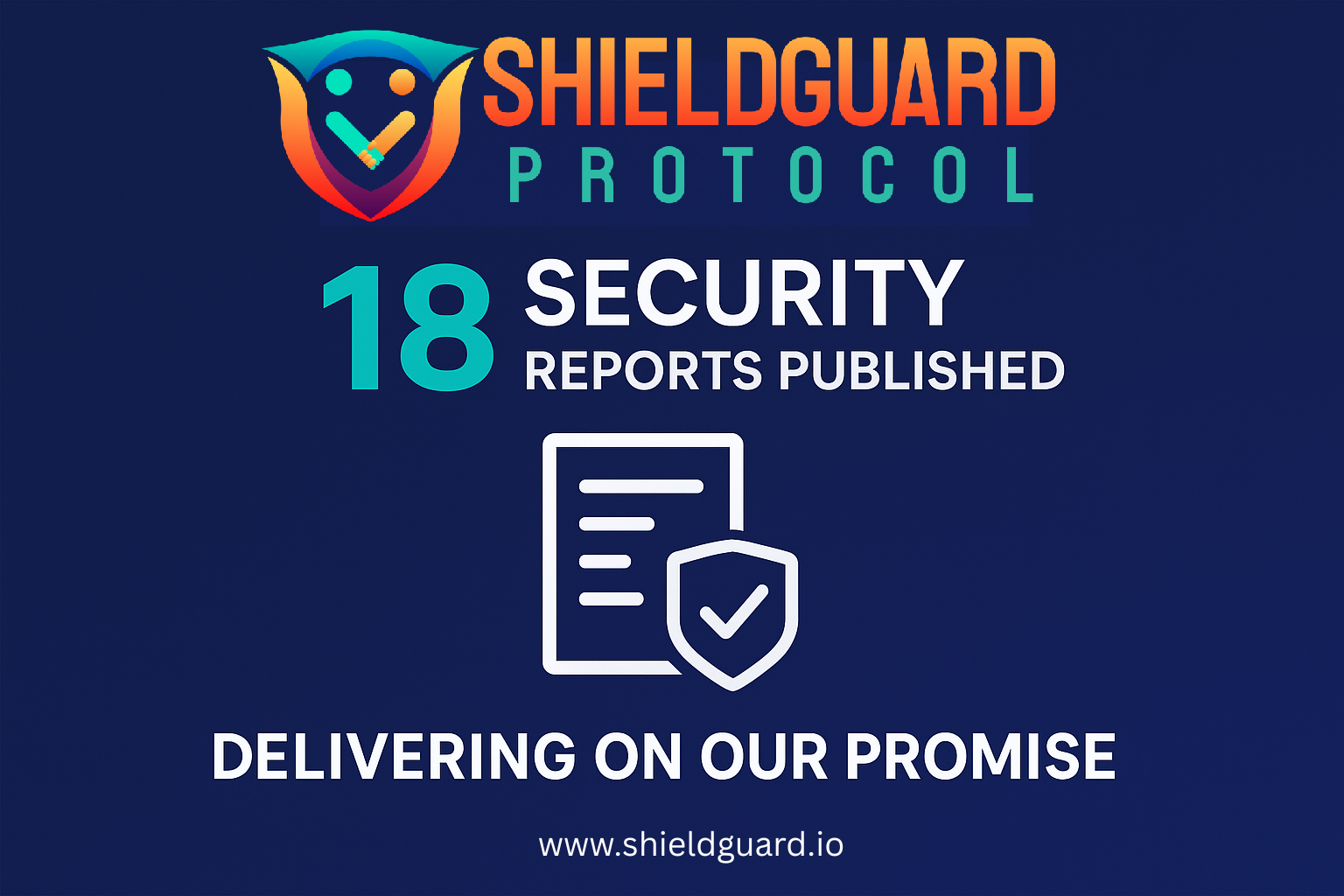🛡️ ShieldGuard Protection: CEX/DEX Investment & Storage Guidelines
The recent multi-billion dollar incident involving Bybit, where a supply chain compromise led to the theft of funds from a seemingly secure cold wallet, dramatically underscores the risk of relying on Centralized Exchanges (CEXs) for asset storage.
Your security is an active choice. Here are the ShieldGuard guidelines for interacting with exchanges:
🔑1. Mandatory Vetting: Why Proof of Reserves (PoR) Matters
When choosing a CEX for trading, the presence of Proof of Reserves (PoR) must be a minimum requirement.
- What is Proof of Reserves (PoR)? PoR is a public audit that uses the transparency of public blockchains and cryptography (like Merkle Trees) to verify that a centralized exchange holds the assets it claims to hold for its clients. In simple terms, it proves the exchange has a 1:1 backing of customer deposits at a specific point in time.
- Why It Matters: PoR addresses a fundamental question of trust: “Does this platform have the assets it claims to have?”. It makes it significantly harder for exchanges to operate with less than full reserves or engage in risky lending practices that led to major collapses in the past. While PoR is a powerful tool for transparency, it is not a full financial audit and does not guarantee against hacks, fraud, or mismanagement after the audit snapshot.
- ShieldGuard Recommendation: Only select CEXs that provide verified PoR for key, foundational cryptocurrencies like Bitcoin (BTC) and Ethereum (ETH). These two assets represent the backbone of the industry, and their verifiable presence demonstrates robust financial practices by the exchange. Exchanges that offer PoR include established names like Kraken and Gemini.
🔒2. Golden Rule: Not Your Keys, Not Your Crypto
The fundamental risk of a CEX is that they hold your private keys, giving them custody of your funds.
- CEX Risk vs. EVM Wallet Control: Centralized exchanges are attractive targets for sophisticated attackers, as demonstrated by the Bybit hack (which involved $1.5 billion worth of ETH). They also expose you to regulatory, operational, and bankruptcy risks. Non-custodial wallets (like EVM wallets) put you in full control of your private keys, making funds nearly impossible for external hackers to access unless your device is compromised.
🔒3. ShieldGuard Asset Storage Guidelines
Follow this tiered strategy for asset storage:
Tier 1: Cold Storage (Mandatory for Savings)
- Hardware Wallets (Recommended): For all large holdings and long-term savings, always move your assets off the exchange and onto a hardware wallet (cold storage). These devices store your private keys completely offline, offering maximum security.
Tier 2: EVM/Hot Wallets (For Trading/DEX)
- Post-POW Exchange Withdrawal: If you must keep funds accessible for immediate trading, immediately withdraw assets from the CEX wallet to your personal, non-custodial EVM (Ethereum Virtual Machine) wallet (e.g., MetaMask, Rabby). These wallets provide you with custody and control.
- Why EVM Wallets Post-CEX? By moving to an EVM wallet, you transfer the custody risk from a single, large centralized target (the CEX) to your own isolated wallet, which is only vulnerable if you personally fall for a phishing or malware attack (risks you can mitigate with proper personal security hygiene).
Tier 3: POW Exchanges (If CEX Storage is Unavoidable)
- Use POW Exchanges ONLY for Liquidity: If you absolutely need funds on a CEX for liquidity purposes (trading), select a CEX known for its security and verified PoR in BTC and ETH (both POW chains). While this doesn’t eliminate the risk, a CEX dedicated to robust security practices (often audited by third parties) is a better choice than a non-compliant one.
⚠️ Final Note
Your safety depends on who you trust with your crypto. CEXs may fail, DEXs may be exploited — but by following ShieldGuard guidelines, you minimize exposure:
✅ Only trade on PoR-backed exchanges.
✅ Never store assets on exchanges.
✅ Always secure funds in your own wallets.
This guideline is prepared under ShieldGuard Learn → ShieldGuard Protection.


